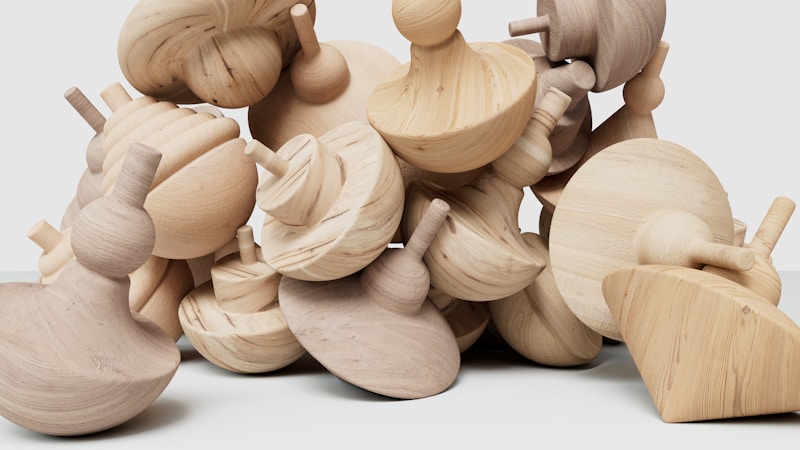9 Questions
What is the difference between plane shapes and solid 3D shapes?
Plane shapes are constrained to lie on a plane while solid 3D shapes are not
What are some examples of 3D shapes?
Polyhedra and cones
What are geometric shapes defined by?
A set of points, vertices, and lines or curves connecting them
What is the difference between convex and concave shapes?
Convex shapes have all interior angles less than 180 degrees while concave shapes have at least one interior angle greater than 180 degrees
What is Procrustes analysis used for?
To compare shapes of similar objects
What is the difference between similarity and congruence?
Similarity is used to describe shapes that can be transformed into each other by scaling while congruence is used to describe shapes that can be transformed into each other by rigid transformations
What is the importance of preserving axes of symmetry when scaling an object?
Preserving axes of symmetry helps to maintain the object's original shape
What is the study of shape used for in computer science?
To develop algorithms for image recognition and computer vision
What is the perception of shape influenced by?
Cultural and historical contexts
Study Notes
Shape and its properties
-
Shape is a graphical representation of the external boundary, outline, or surface of an object.
-
Plane shapes are constrained to lie on a plane, in contrast to solid 3D shapes.
-
Simple shapes can be classified into broad categories and subcategories, such as polygons and conic sections.
-
Two-dimensional shapes may lie on a curved surface, while 3D shapes include polyhedra, ellipsoids, cylinders, and cones.
-
Geometric shapes are defined by a set of points, vertices, and lines or curves connecting them.
-
Shapes are said to be convex if all points on a line segment between any two of its points are also part of the shape.
-
Shapes can be compared using methods like Procrustes analysis and quasi-isometry.
-
Similarity and congruence are used to describe shapes that can be transformed into each other by rigid transformations or scaling.
-
An object's shape is invariant to translations, rotations, and size changes.
-
Shapes may change if an object is scaled non-uniformly, but preserving axes of symmetry is important for preserving shapes.
-
Homeomorphisms model non-rigid movements by continuous stretching and bending of an object into a new shape.
-
Shape analysis is used in statistical shape analysis to compare shapes of similar objects or measure deformations of deformable objects.Summary of "Shape" Wikipedia Page
-
Shape refers to the external physical form or appearance of an object or organism.
-
Shapes can be classified into geometric (e.g. square, circle) or organic (e.g. leaf, cloud).
-
The shape of an object can affect its function or behavior (e.g. aerodynamics of a car).
-
Shapes can be described mathematically using parameters such as length, width, and curvature.
-
The study of shape has applications in various fields including biology, physics, and computer science.
-
Convex shapes have a curved exterior and all interior angles less than 180 degrees.
-
Concave shapes have an indented exterior and at least one interior angle greater than 180 degrees.
-
Human vision may break down images into simple geometric shapes or dimensions that describe variations in shape.
-
At least 22 independent dimensions are needed to account for the way natural shapes vary.
-
Shapes can guide human attention and perception.
-
The perception of shape is influenced by cultural and historical contexts.
-
The concept of shape has been explored in various art forms such as painting and sculpture.
Test your knowledge on shapes and their properties with this informative quiz! From geometric shapes to organic shapes, this quiz covers all aspects of shape and its mathematical parameters. Learn about convex and concave shapes, the importance of preserving symmetry, and the applications of shape analysis in various fields. Whether you're a math enthusiast or just curious about the world around you, this quiz is sure to challenge and educate you on the fascinating topic of shape.
Make Your Own Quizzes and Flashcards
Convert your notes into interactive study material.





